Why Is My Internet Slow? Understanding and Improving Your Connection Speed
A sluggish internet connection is a modern-day frustration shared by home users and small business owners alike. When pages take an eternity to load, videos buffer endlessly, and online meetings become a pixelated mess, it’s easy to feel at the mercy of the digital winds. While internet slowdowns can stem from various sources, understanding the root causes empowers you to fortify your online experience.
This post is a comprehensive guide to unpacking the mysteries of internet speed, deciphering the factors that influence it, and providing practical steps to diagnose and improve your connection—ultimately helping you to future-proof your digital domain.
Understanding Internet Speed
The Need for Speed
Internet speed, quantified in megabits per second (Mbps), measures the rate at which data travels from the internet to your device. Faster speeds enable quicker downloads, smoother streaming, and more responsive browsing. Here’s what those numbers mean in the real world:
- 1-5 Mbps: Basic web browsing and email checking.
- 10-20 Mbps: Streaming HD content on one device.
- 20-100 Mbps: Ideal for multiple user households and online gaming.
- 100+ Mbps: Heavy usage scenarios, such as 4K streaming and large file downloads.
The Gold Standard and Beyond
While “fast internet” is often a subjective term, systems like the Global Distributed Internet Speed Test (GD-ISP) present a robust benchmark for what’s considered a top-tier connection—stipulating a criterion of at least 25 Mbps for households and 100 Mbps for businesses. With the proliferation of bandwidth-hungry applications, many users find these numbers more of a necessity than a luxury.
Factors Affecting Your Internet Speed
When you hit a virtual traffic jam, numerous on-ramps and byways leading to your internet experience could be the culprits. Understanding these variables is key to troubleshooting:
ISP and Connection Type
Your Internet Service Provider (ISP) is the gatekeeper of your online world, and different types of connections—be it fiber optic, DSL, cable, or satellite—bring their own advantages and limitations in terms of speed. While fiber offers the fastest speeds, cable and DSL are more common due to availability and cost.
Wi-Fi Woes
Wi-Fi has liberated us from ethernet cables but introduced its own set of challenges. A sluggish signal, caused by distance from the router, interference, or a weak connection, can significantly hamper speeds.
Device Hardware and Software
Your computer or smartphone’s hardware plays a role in how it processes incoming data. Likewise, outdated software or browser versions may not be optimized for the latest web standards, hindering your browsing experience.
User-Related Factors
Bandwidth is the limited resource shared by all devices on your network. More users and more intensive activities, such as 4K streaming and online gaming, can strain bandwidth, leading to a general slowdown.
Diagnosing and Improving Your Home Internet
Testing Your Speed
The first step in solving your internet woes is to run a speed test. Numerous services, including Ookla’s Speedtest.net and Google’s internet speed test, can provide a snapshot of your connection’s performance.
Interpreting the Results
A speed test reveals your current download and upload speeds. If these numbers fall significantly below what your plan specifies, something is amiss.
Tips to Turbocharge Your Home Connection
- Relocate your router to a central location and away from obstructions.
- Update router firmware and choose less congested Wi-Fi channels.
- Implement Quality of Service (QoS) settings to prioritize bandwidth use.
- Invest in Wi-Fi repeaters or a mesh network for larger spaces.
- Limit background applications and uploads during critical times.
Future-Proofing Your Connection
Staying Ahead with the Latest Tech
Newer technologies such as Wi-Fi 6 and 5G promise faster and more reliable internet connections. For homes and small businesses looking to invest in the future, these advancements could offer substantial benefits.
ISP Upgrades and Alternatives
Sometimes, the most effective remedy for a slow internet connection is to simply subscribe to a higher-tiered plan. Exploring different ISPs or service packages can lead to a significant speed boost without any technical wizardry.
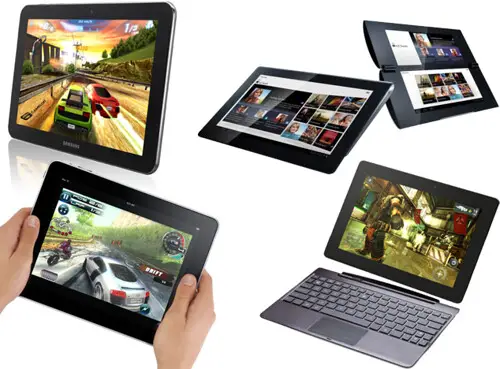
Conclusion
Your internet speed should never dictate your digital ambitions. By understanding the nuances of internet speed, you’re already on the path to a swifter online experience. Taking the time to troubleshoot and implement the above tips can significantly improve your internet connection. Remember, knowledge is the strongest tool in your digital arsenal, and with the right approach, you can ensure a smooth, uninterrupted online experience for years to come.
Ready to leave slow internet in the past? Test your speed, try out the improvements, and share your stories with us. Your proactive approach might just light a beacon for others trapped in the buffering zone.
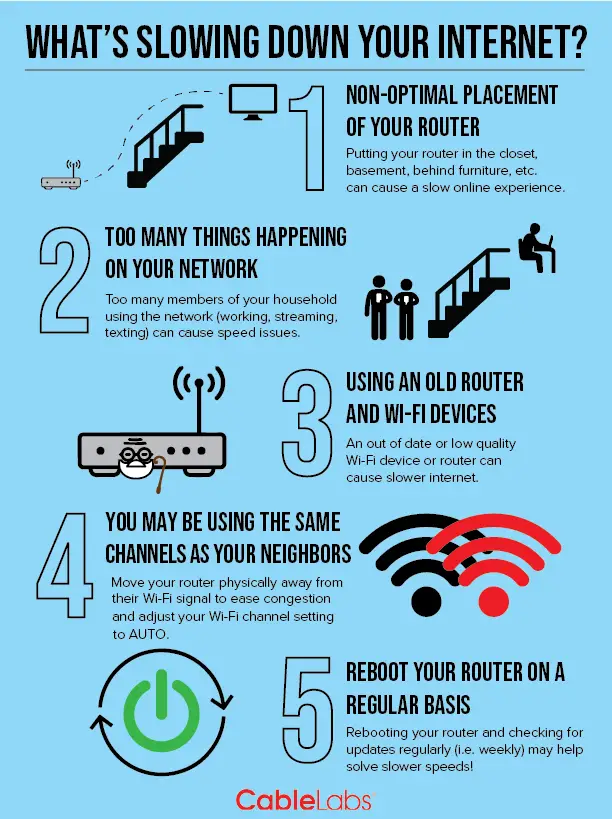
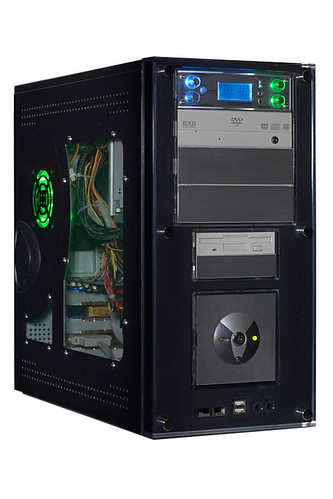
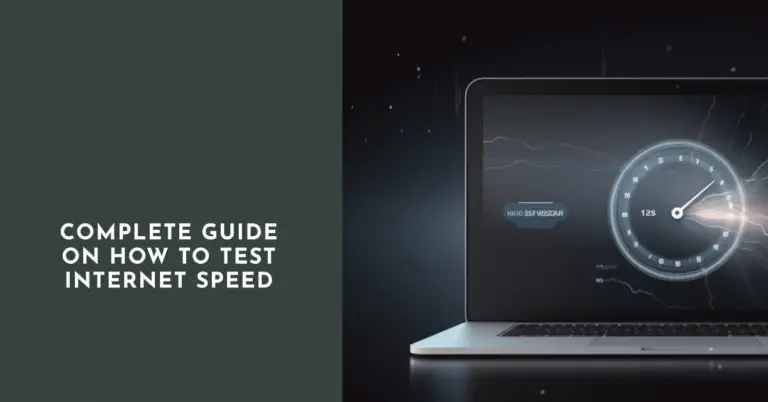

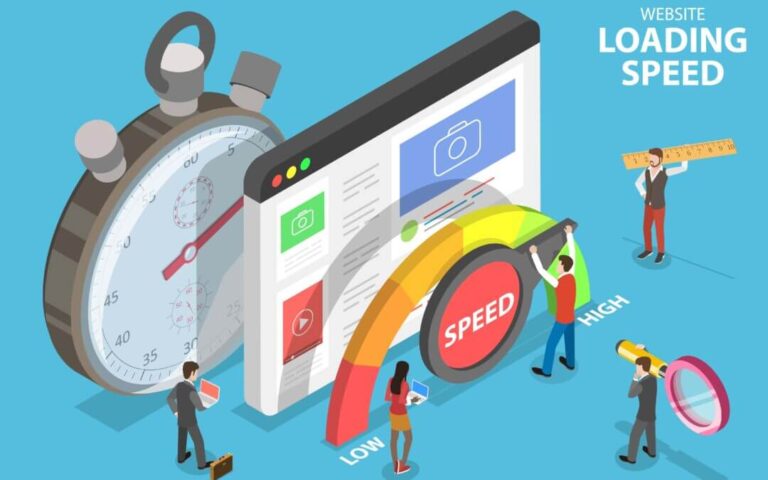
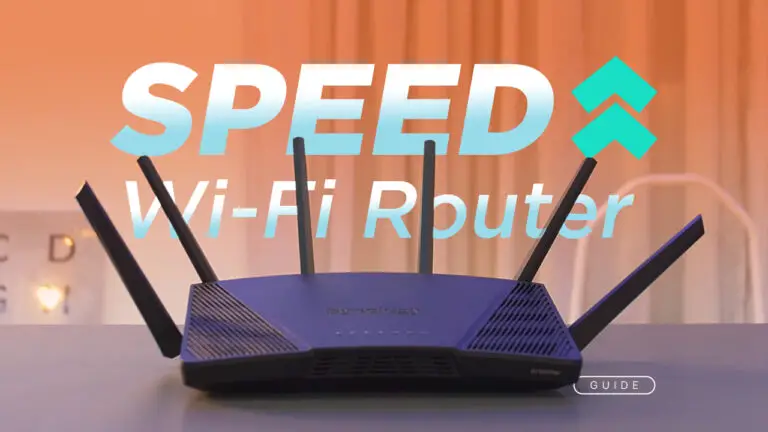



Hello, I have a question
What’s your question?